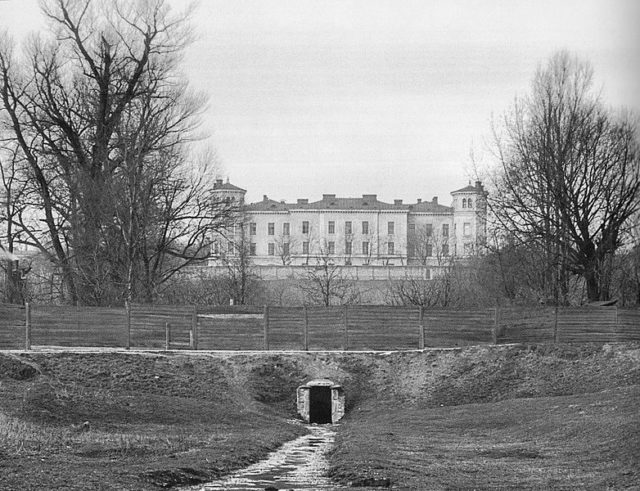Nearby to the Royal Baths Park in the district of Ujazdów, Warsaw, Poland, one can easily locate Ujazdów Castle: a fortification that had its beginnings in the 13th century.
The Duke of Masovia, a historical region in northeastern Poland, decided to erect a castle on the site during the early years of the 13th century. Ujazdów Castle was used as the court of the Dukes of Masovia for a full century until the newly erected Royal Castle in Warsaw became the new home for the royal court.
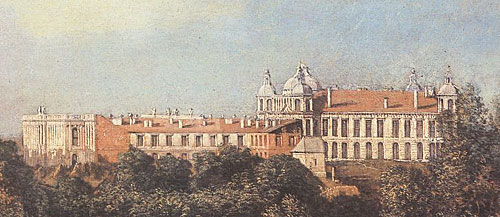
With the relocation, Ujazdów Castle became a mere memory and soon became dilapidated. At a later date, the ruinated castle became part of the newly erected manor of King Sigismund III Vasa. The manor was constructed for the king’s son, Władysław IV Vasa, who was soon to become king of Poland.
According to historians, there is almost no proof that the manor was ever used by Władysław. Between 1659 and 1665, the manor was used as a mint, run by architect-inventor-scientist-Egyptologist-engineer-nobleman Tito Livio Burattini.
It was here that the copper boratynka coins were struck. As years went by, the manor soon fell into neglect once more until it was purchased by the politician and writer Stanisław Herakliusz Lubomirski in 1674.

Stanisław leased the manor to King Augustus II, who decided to convert it into a royal residence. The new royal castle was designed by Polish architect and engineer Tylman van Gameren.
Encircling the castle were a number of flowering gardens that, at a later date, were merged to create two magnificent parks. When Stanisław August Poniatowski came to the throne, the castle was renovated and further re-modified. For this purpose, the king hired Swiss architect Jakub Fontana, famous painter Jean-Baptiste Pillement, German architect Efraim Schroeger, and Italian architect Dominik Merlini.
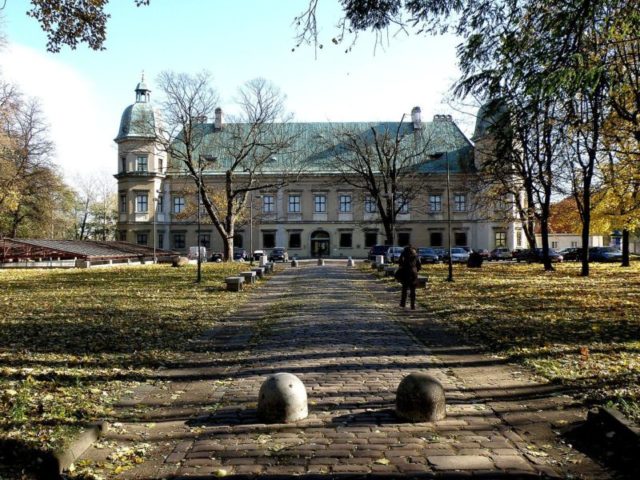
During the renovations, the castle received another floor as well as a courtyard. By 1784, the work was nearly complete, but it was never quite finished. Construction was canceled and the castle was given to the Polish Army.
From 1784 to 1789, the castle went through another phase of renovation under the watchful eye of Stanisław Zawadzki. It was transformed into military barracks where the Lithuanian Foot Guard Regiment and the 10th Foot Regiment were housed.
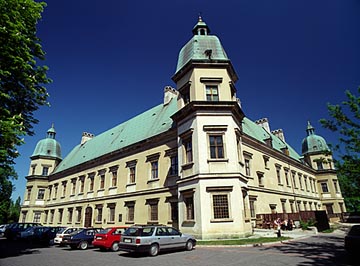
The castle was abandoned during the Prussian occupation of Warsaw. At the start of the 19th century, it was returned to military use and converted into a military hospital. Following the start of the November Uprising, the hospital received additional beds and was capable of housing 1,250 patients. At a later date, the hospital received a new annex, which raised the patient capacity to 1,850.
When the uprising ended, the hospital was converted back into military barracks, before being converted into a hospital once more at the start of World War I. This time the hospital was used by the Russians.
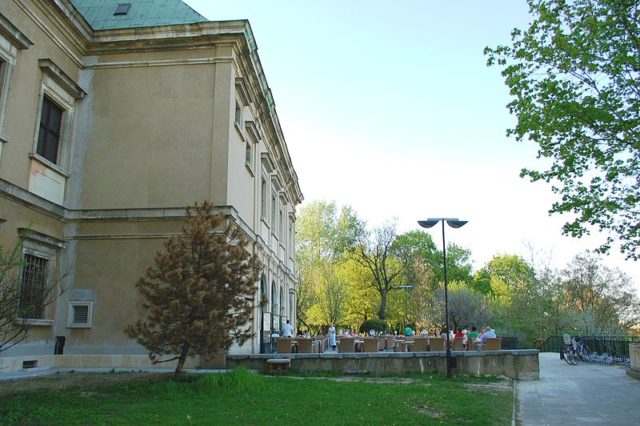
In 1917, the hospital was returned back to the Polish Legions and became their military hospital. When Poland regained independence in 1918, the castle underwent more reconstruction, with changes mainly being made to the interior.
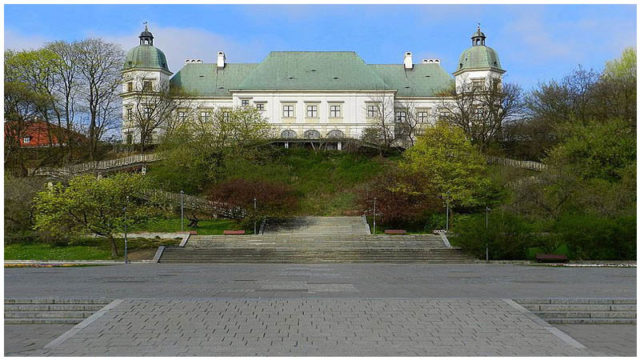
In the 1920s, the castle housed some parts of the Warsaw NCO school. The main staircase was restored, and a set of stone tablets were incorporated into the design in memory of all known Polish military medics who lost their lives between 1797 and 1920. The castle was used for 20 years until it was heavily burned by German soldiers during the Warsaw Uprising in 1944.
When World War II was over, the castle was planned to become the Central Military House. However, the walls were demolished by Polish Communist authorities and the conversion never took place. Today, the castle is home to the Warsaw Center for Contemporary Art.
